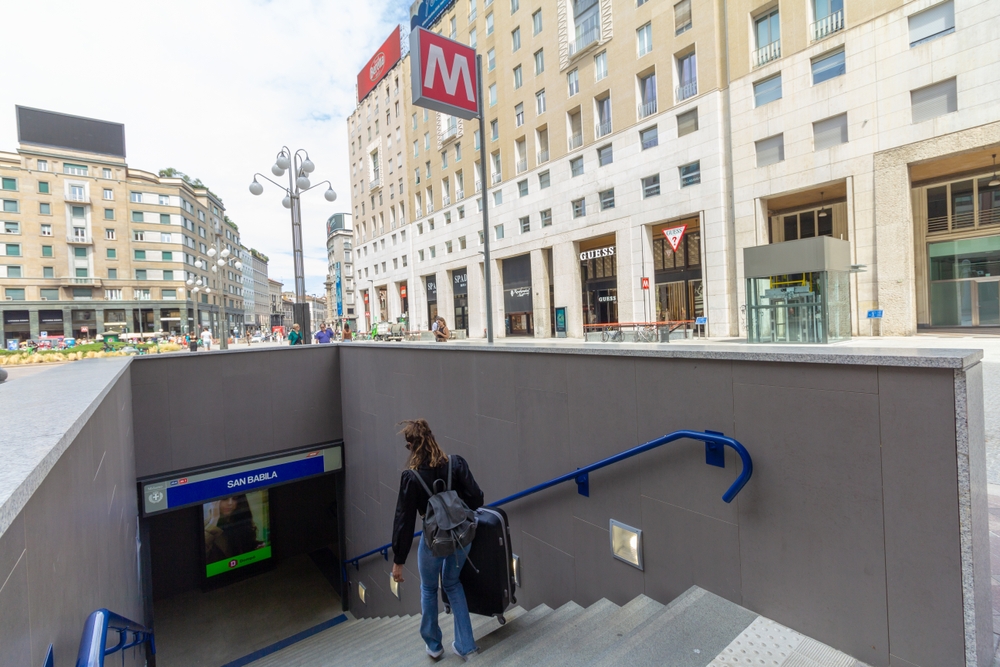On Saturday at 1:30 p.m., Milan inaugurated the complete M4 metro line, stretching from Linate Airport in the east to San Cristoforo station in the southwest. Previously, only the segment from San Babila in the city center to Linate Airport was operational. The opening of the full line had been eagerly awaited, as the project began over a decade ago and faced numerous delays, causing significant disruption for residents living near the stations.
To mark the occasion, the city organized free events and performances in theaters, cinemas, on the streets, and even inside metro stations. While some stations are still under construction, the city decided to open them anyway, since the entrances and exits are ready. The inauguration had been repeatedly postponed, so the decision was made to move forward.
The M4, known as the “blue line” (following the red, green, and yellow lines), is Milan’s fifth metro line. It services areas that previously relied solely on buses and trams, reducing congestion in key central zones. These areas are typically packed with traffic during peak hours as people travel to and from work or school, making the new metro line a welcome improvement for daily commuters.
Originally, the plan was to open the first stations in time for Expo 2015, but continuous construction delays prevented this. Although the project dates back to the late 1990s, the first segment between Linate and Milano Dateo station was not inaugurated until 2022. The full 15-kilometer line, with its 21 stations, is now expected to handle 86 million passengers per year using a fleet of 47 trains.
Constructed by Webuild, the M4 had relatively low costs, approximately €2.3 billion—around €130 million per kilometer—making it one of the most cost-efficient metro lines in Italy. By comparison, Rome’s metro C cost €330 million per kilometer, while Naples’ line 1 reached €480 million. The use of advanced tunnel boring machines helped keep costs down and minimized disruptions in central areas, providing a more efficient and less invasive construction process.

